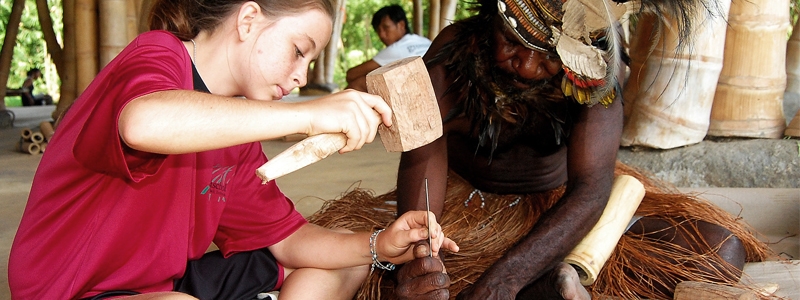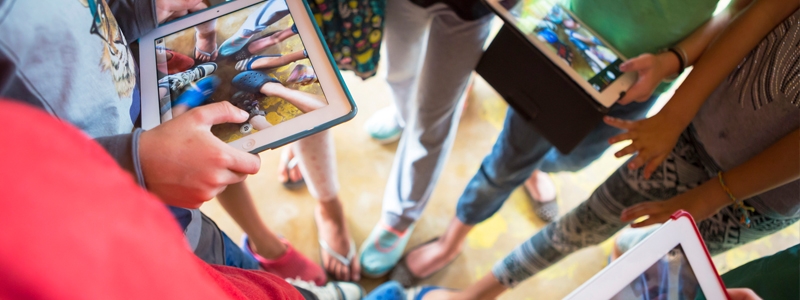Problem: Known as the greenest school in the world, the Green School was founded in 2008 by the jewelry designer couple John Hardy, a Canadian who has lived in Bali since 1975, and the American Cynthia Hardy, a resident of the island since 1982, after they saw the documentary "An Inconvenient Truth", by the former US presidential candidate Al Gore, which shows the environmental crisis resulting from global warming. The idea was to make a contribution to sustainability, and the path they chose was education.

Solutions: The international school is located in the middle of the forest, and seeks to integrate traditional academic content with environmental and experiential learning, based on sustainable practices and focused on personalized learning practices. While the school has students from at least 25 countries, at least 20% of pupils must be children from the island itself, who receive a scholarship. Teachers are also of different parts of the world.
The spiral shaped buildings are built from bamboo, and the school has no walls. Solar panels generate 80% of electricity. The school uses compost toilets and waste is recycled or used as compost. The campus has organic gardens and livestock such as a cow, a buffalo and pigs. The food is made by cooks from the local community in stoves and hand-crafted ovens, with products from the school and the local area. The rooms have natural light and ventilation.
In class, teachers can choose what to teach from a menu of topics, or can create their own lesson plans. Learning is green, fun, active, personal and meaningful. Children learn to plant, grow, harvest and cook rice and organic vegetables. They even learn to build with bamboo and practice ancient Balinese martial arts. The development of skills such as literacy, mathematics, physical education, arts, science and technology, design and research takes place in parallel with values such as integrity, empathy and trust, and positive attitudes, such as persistence, positivity and passion, and good habits, such as organization, creative and critical thinking and collaboration. The school adopts the model of progressive education and seeks to help students to achieve inner and social awareness. Reflections on the past are used to guide the future, focusing on environmental protection and the creation of a more ecologically and socially just world.

Outcomes: Students, including those with learning disabilities such as dyslexia, develop skills and values necessary for a complete education. The US organization Green Building Council's Center for Green Schools chose the school as the world's greenest in 2012, and the Secretary-General of the United Nations (UN), Ban Ki-moon visited the school in 2014. Thousands of guests have visited the school since its opening.






